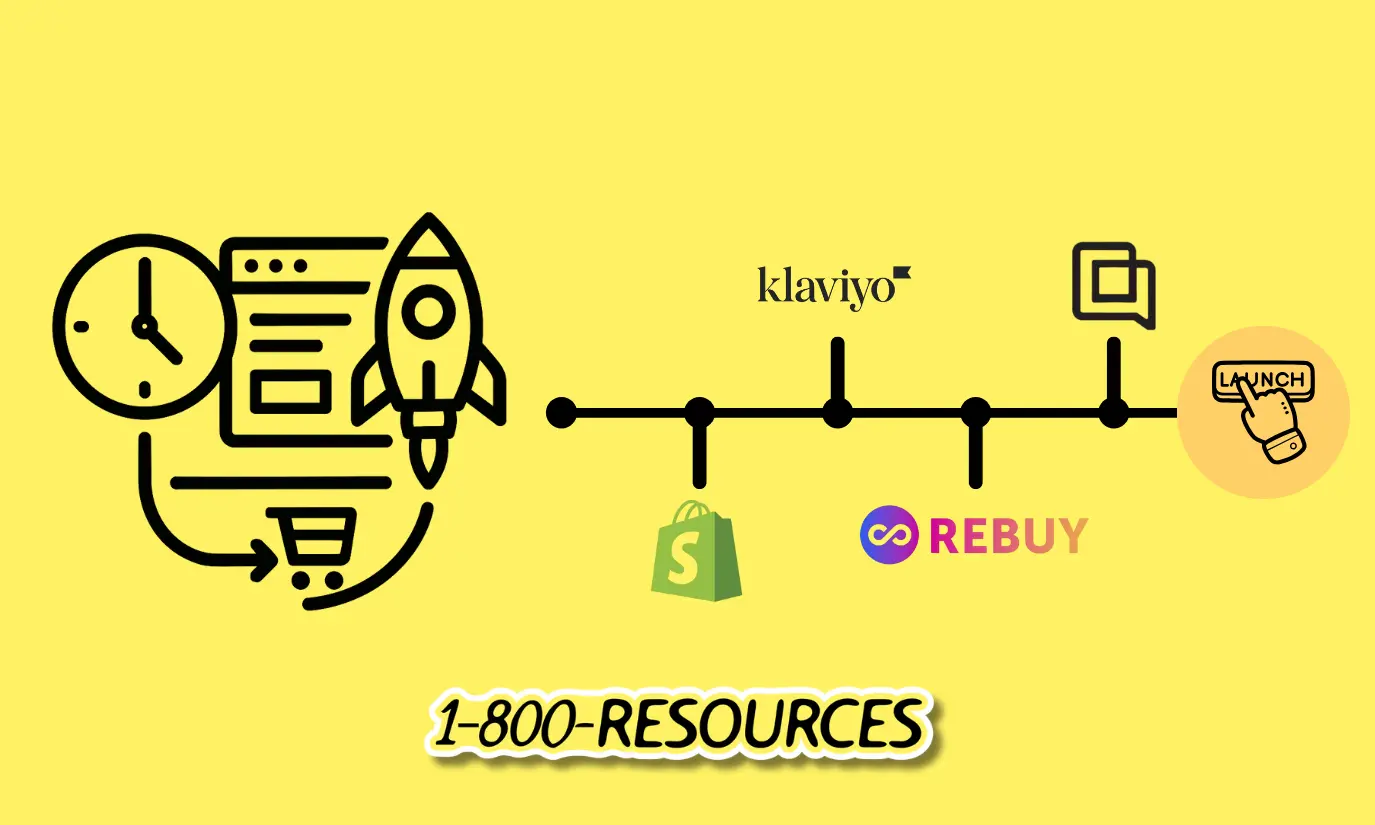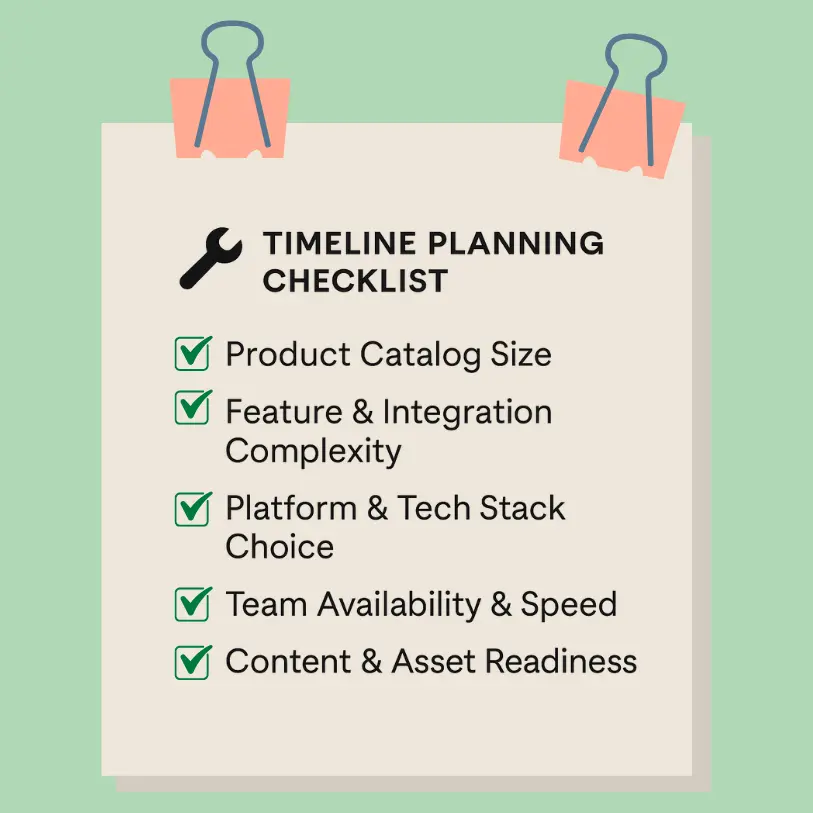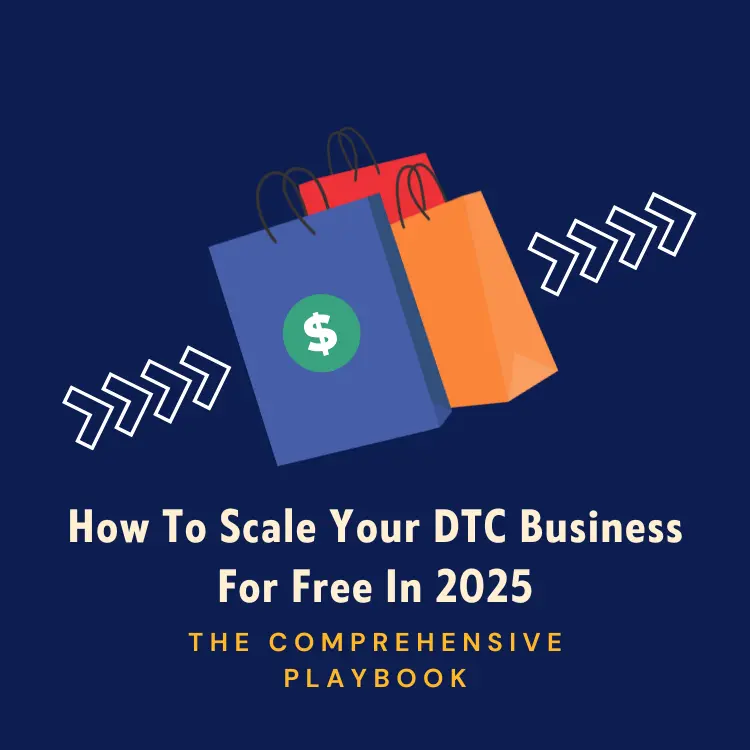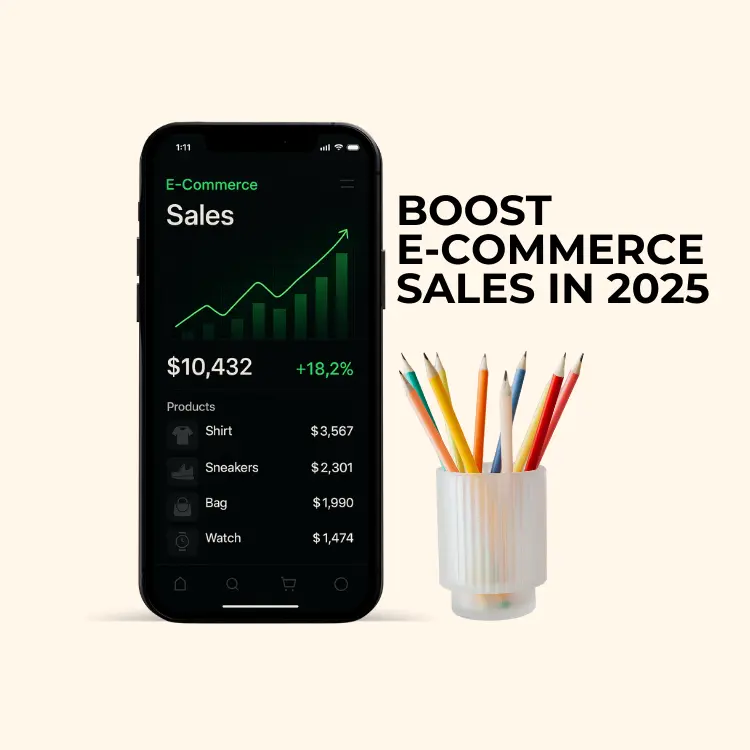
Whether you're launching a brand-new online store or revamping an existing one, one of the first (and most important) questions you’ll face as a new D2C operator or brand founder: "How long is this going to take?"
And unfortunately, the answer you're most likely going to get : "Well, it depends." Unfortunately, this is an all-too-common paradigm with digital marketing. But with the right preparation, expectations, and D2C brands, you can map out a timeline that fits your business needs and resources.
We'll break it down for you in our guide here today.
[cta-btn title="Build Your Brand And Become A Member" link="/membership-pricing"]
A multitude of factors decide the best approximate length of your e-commerce website build. And it's critical to remember, not all e-commerce websites are created equal. With certain e-commerce CMS platforms, some storefronts can be spun up in a weekend, while others take months, or even a year, to reach their full potential. Here’s a general breakdown for operators:
[single-inline-tool]

Here’s how those timelines typically play out across each phase of development:
This is the foundational phase where your entire e-commerce project takes shape. You'll define key elements like your business objectives, the features your site needs, your target audience, and the best platform to build on. Taking the time to clarify these early decisions ensures smoother collaboration later and helps you avoid costly scope changes down the road.
During the design phase, your ideas start to take visual form through wireframes, mockups, and user interface layouts. This is also when key user and customer experience (CX/UI/UX) decisions are made to ensure intuitive navigation and a smooth shopping journey. If you're pursuing a custom design, be prepared for multiple rounds of feedback and refinement to align the visuals with your brand and user needs.
The development phase is where your approved designs are transformed into a fully functional website. Developers build out both the front-end (what users see) and back-end (the behind-the-scenes functionality), implementing features like shopping carts, payment gateways, product filtering, and shipping logic. This stage also involves integrating essential third-party tools such as inventory management systems, CRMs, and marketing platforms to support your store’s operations.
As the site is being developed, content creation should run in parallel to avoid delays later in the process. This involves tasks like crafting compelling product descriptions, editing and optimizing images, organizing items into collections, and uploading accurate product data. The time required for this phase can vary significantly depending on the size and complexity of your product catalog (i.e., stores with hundreds or thousands of SKUs will naturally take longer to prepare).
Testing and quality assurance are critical to ensuring your site works seamlessly across all major browsers, screen sizes, and devices. This phase involves verifying performance metrics like page load speed, identifying and fixing bugs, and ensuring core functions (such as checkout, cart, and payments) operate without error. Thorough security testing and gathering early user feedback often uncover hidden issues that need to be addressed before launch.
The launch and deployment phase is the final push before your e-commerce site goes public. Tasks in this stage include setting up your domain and DNS, configuring on-page SEO, installing analytics tools, and making any last-minute adjustments based on testing. Once everything is in place, the site is deployed live, marking the official start of your online store’s operation.
The post-launch period is a crucial time for monitoring your site’s performance and ironing out any lingering issues. You'll likely need to address unexpected bugs, refine content, and make adjustments based on real user behavior. Ongoing SEO optimization, speed improvements, and feature enhancements often continue through these initial weeks to ensure your store is fully stable and competitive.
No two projects are ever the same, but here are the biggest factors that influence the length of your e-commerce website construction:
There’s no one-size-fits-all answer to how long it takes to build an e-commerce website. However, understanding the plan and variables helps you set realistic expectations. If you fail to bring a plan to the table on how to tackle this kind of project, you're planning to fail.
Whether you’re launching a simple Shopify store over a weekend or building a massive, enterprise-level platform over the course of a year, success hinges on strategic planning, early content preparation, and strong team collaboration.
By aligning your resources with your project’s complexity and ensuring your team stays proactive throughout each phase, you’ll be well-positioned to launch on time with an exceptional D2C e-commerce storefront built to make profit.
[inline-cta title="Discover More With Our Resources" link="/resources"]

Shopify is a commerce platform that allows anyone to set up an online store and sell their products. It's the go-to eCommerce platform for young direct-to-consumer brands. Its ease of use and setup is what's most attractive to merchants, but also the incredibly vast Shopify app store.



